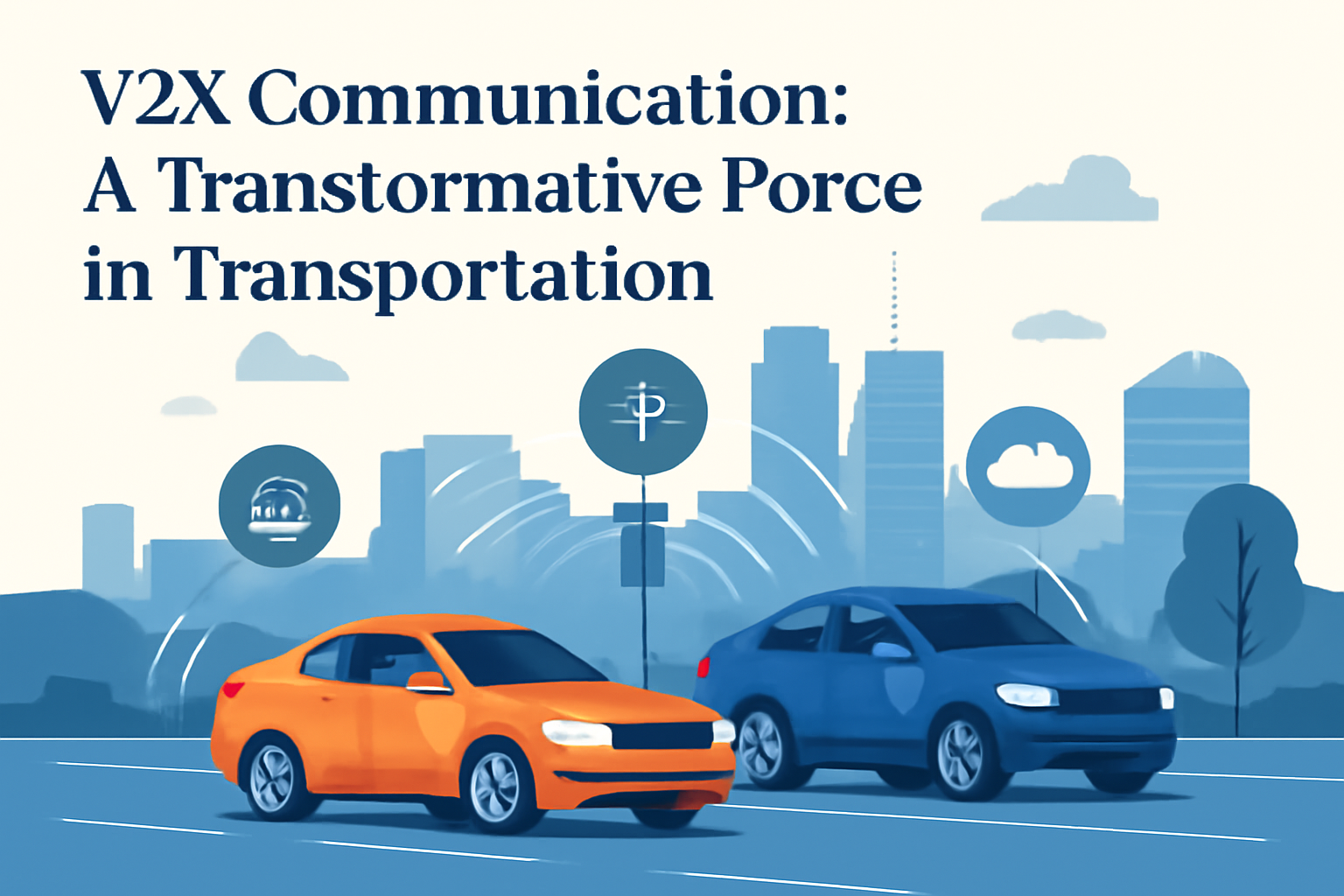Location
Mount Vernon, WA 98274
Location
Mount Vernon, WA 98274

As the automotive industry embraces new technologies, Vehicle-to-Everything (V2X) communication is emerging as a transformative force in transportation. This technology enables vehicles to communicate with each other and their surroundings, paving the way for safer and more efficient travel.
The automotive landscape is undergoing a seismic shift, driven by advancements that extend beyond traditional vehicle performance. Among these, Vehicle-to-Everything (V2X) communication stands out as a pivotal technology that promises to reshape how we think about transportation. V2X refers to the communication between vehicles (V2V), infrastructure (V2I), pedestrians (V2P), and the cloud (V2C), creating a robust network that enhances road safety and efficiency.
At the core of V2X communication is the integration of sensors, dedicated short-range communication (DSRC), and cellular networks that allow real-time data sharing. For instance, vehicles equipped with V2X technology can alert each other about potential hazards, traffic conditions, or even emergency situations. This capability is particularly crucial in urban environments where congestion and accidents are prevalent.
Recent pilot programs in cities like Detroit and San Francisco have showcased the potential of V2X. In these trials, vehicles have demonstrated the ability to communicate with traffic signals, adjusting their speed to minimize stops and reduce congestion. According to a study from the Institute of Transportation Engineers, implementing V2X could reduce traffic accidents by up to 80%, significantly improving road safety.
Furthermore, V2X communication is not limited to just vehicles but also extends to smart infrastructure. Traffic lights equipped with V2I technology can adapt in real-time to traffic flow, optimizing signal timings and improving overall efficiency. This dynamic interaction not only enhances the driving experience but also contributes to reducing carbon emissions by facilitating smoother traffic flow.
The integration of V2X technology also opens the door to future advancements in autonomous vehicles. By leveraging data from surrounding vehicles and infrastructure, autonomous systems can make better-informed decisions, leading to safer navigation through complex environments. As automakers like Ford and General Motors invest heavily in this area, the synergy between V2X and autonomous driving could redefine mobility.
However, the widespread adoption of V2X technology faces challenges, including standardization, cybersecurity concerns, and the need for significant investment in infrastructure. Experts advocate for a collaborative approach among automakers, tech companies, and government agencies to establish the necessary frameworks for secure and effective V2X communication.
In conclusion, V2X communication represents a crucial step toward a smarter and safer transportation ecosystem. As cities evolve and technology continues to advance, embracing this innovative approach could lead to a future where roads are not just pathways for vehicles, but interconnected networks that enhance mobility for everyone. The journey toward this future may be complex, but the potential benefits make it a worthy pursuit.